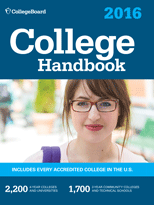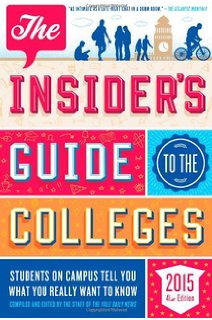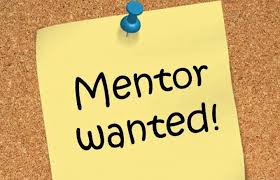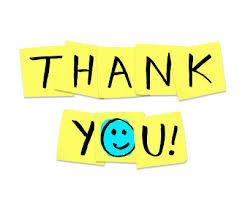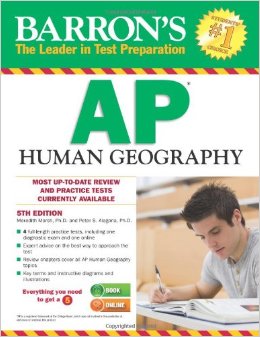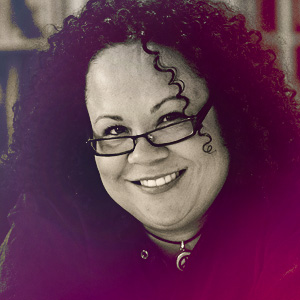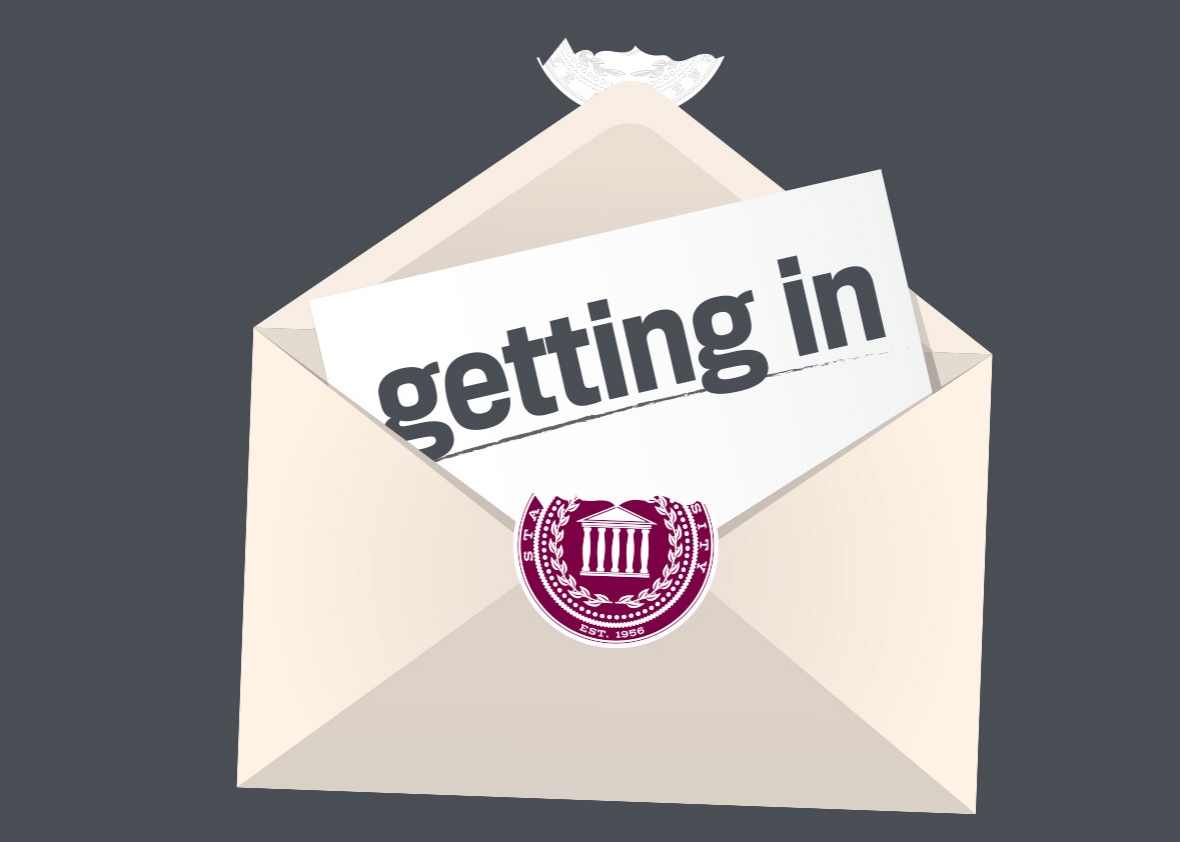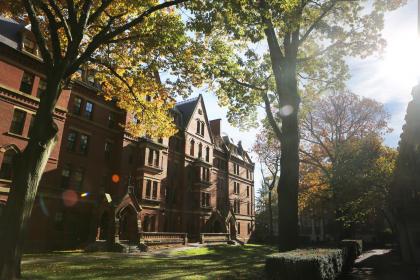Four Methods to Organize Your College Application Materials
/If I’ve been known to be borderline obsessive about two things, they would be college and organization. I’d made my first college-themed binder in the seventh grade, taking my list of my top colleges at the time and collecting statistics to organize into the huge pink folder. Now, with college a lot more relevant and right around the corner, I’ve caught onto more quick ways to make the whole process a lot easier and more accessible for all of you guys!
College List Organization
When I was first sifting through hundreds of college listings online, I had no idea where to start and how to keep track of the information I was getting in an accessible way. Let’s just say Google Sheets has been a college application lifesaver, saving me so much time and effort by keeping everything I need to know exactly where I can find it easily.
Every time I come across a college I like, I put it into my college spreadsheet. Within this spreadsheet, all of these categories are filled out: “College Name”, “My Chances”, “Location”, “Number of Undergraduates”, and “Tuition”. I’ve figured out location and size are the most important factor to me, but my chances of getting in and the cost of the school are also important in deciding, so those are added in as well.
This can definitely be adjusted to whatever factors you may care about the most, but this system has worked incredibly well in getting me a solid list of schools I really love even before my senior year has started.
If you’re interested in looking into other factors that may play a part for you in choosing a college, there’s a great list of them here to sort through to see what’s really important to you.

Deadline Organization
If there are two lifesavers I’ve come across while figuring out my deadlines for this upcoming year, they are Google Calendar and Google Sheets.
While I use my phone calendar religiously for anything social going on, I like having Google Calendar on my laptop reserved solely for school and college-related deadlines. It’s insanely helpful just for keeping up with school work, but having the deadlines shown to you in a really visual way helps you to see just how much time you have left.
I also like using Google Sheets, though, just to keep one concise place for keeping track of deadlines. With some applications potentially being due early, it’s easiest for me to lay all of the due dates out with what is due on each day so I can color code my way through the year, marking essays as green for done, yellow for in progress, and red for not yet started.
Essay Organization
First thing’s first: Folders, whether on your regular computer or Google Drive, will save your life. I have one for each college I’m applying to, just to keep each essay where it belongs. Any other essays, like drafts of the Common App or scholarship essays, all have their own folders so that everything has it’s place and I can’t accidentally submit an essay to Northwestern saying why I want to go to UChicago.
Hard copies are super important, at least as far as editing goes. I got a 5-layered magazine rack from IKEA for only $15, and labeled each section as follows: “First Drafts”, “Ready for Revisions”, “Ready to Be Read”, “Last Edits”, and “Submissions”. The first drafts section is probably pretty self explanatory, but the others may not be as easy to grasp if you’re not in my weird organization mindset.
“Ready for Revisions” means it’s not a complete mess, but it’s not close to being done yet. “Ready to Be Read” means it’s been made as good as I can make it on my own, but I need to get other opinions and make those edits before I can submit the essay. “Last Edits” is for essays that have been read and revised a few times, and just need a few last touches before they’re ready for submission. “Submissions” are for finished essays. Ta da, time to send those in (in all their magic college glory that you’ve worked so hard on)!
By having an organized system both on your computer and in real life, it’s a lot less difficult to keep track of what you still have to work on before the approaching deadlines.
As you work on and continue to edit your essays, sometimes it can be hard to have to critique your work as much as you do. For some advice on easy ways to edit your own essays, here are five quick tips.

Life Organization
While it may all be stressful – I get it – it can be totally manageable, especially when you have everything organized. Whenever you find time to work on college applications, everything you need is accessible and catered just to you, making it so much easier than having to pull out the scratch sheet of paper you wrote your dream colleges on back in eighth grade.
Everyone’s way of creating an organized system for dealing with college applications may be a little bit different, but hopefully you’ve gained a tip or two for creating a good organization system on your own. With even a bit more organization in your college search, it can free up so much time for you and really let you enjoy your senior year. And, I mean, who could turn down that offer? Not me, and hopefully not you either. All it takes is a spreadsheet.
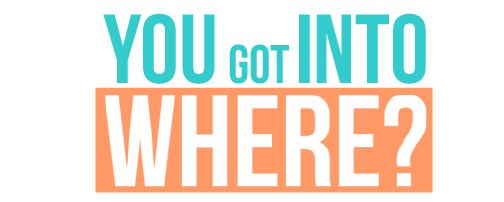




 , for about $180. This low price is what really got me to buy it. I’m currently a junior in high school, and I was planning to purchase a well-equipped laptop before heading off to college in about two years. I wasn’t ready to spend a lot of money on a laptop I wouldn’t be using for a long time, so a Chromebook was an excellent option for me. My school also provides Chromebooks in class because they are so affordable. Most range from a price of $150-300. For anybody who has a low budget but needs something that can get the basics done, I highly recommend a Chromebook.
, for about $180. This low price is what really got me to buy it. I’m currently a junior in high school, and I was planning to purchase a well-equipped laptop before heading off to college in about two years. I wasn’t ready to spend a lot of money on a laptop I wouldn’t be using for a long time, so a Chromebook was an excellent option for me. My school also provides Chromebooks in class because they are so affordable. Most range from a price of $150-300. For anybody who has a low budget but needs something that can get the basics done, I highly recommend a Chromebook. 

